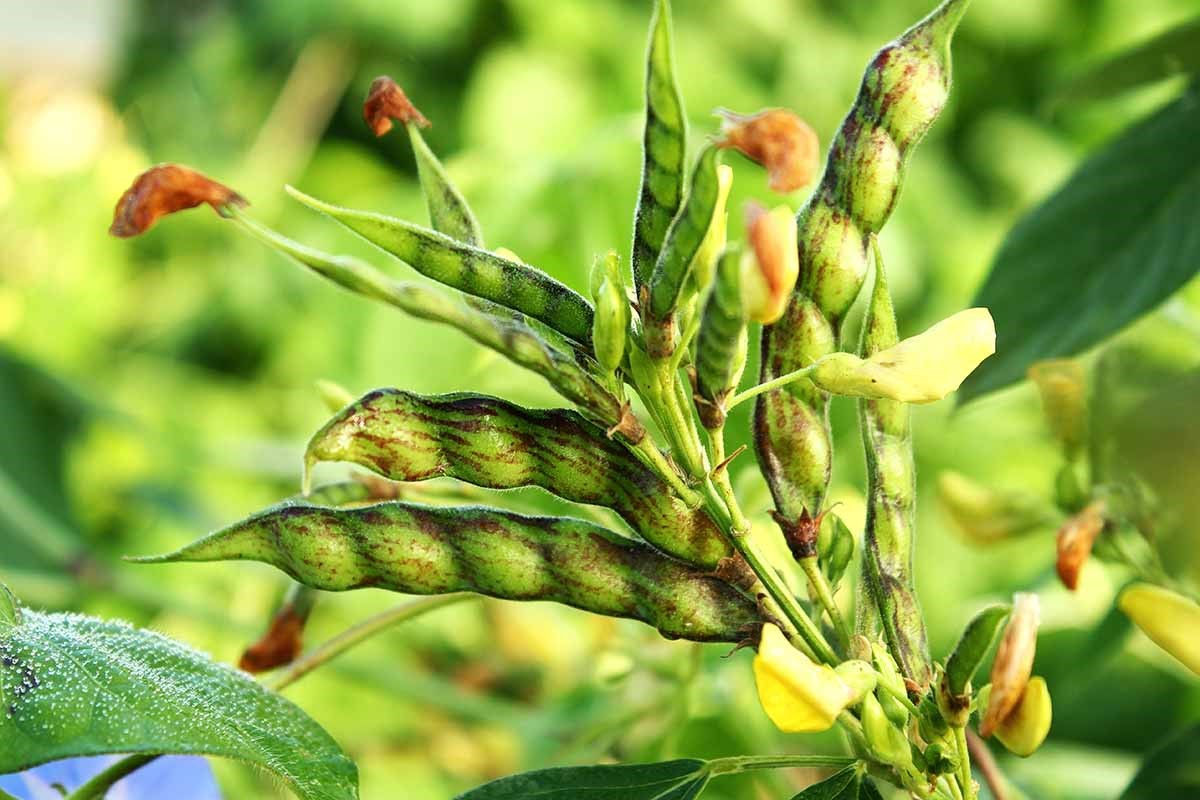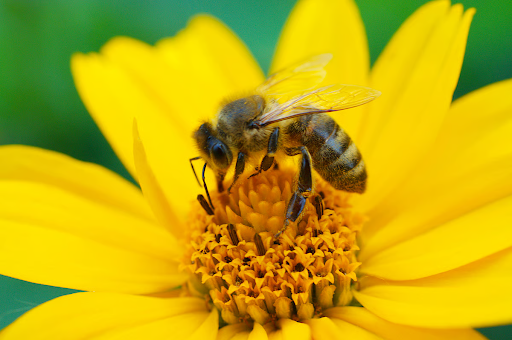Description

Disclaimer: Copyright infringement not intended.
In News: New Fast-Breeding Protocol
- Developed by the International Crops Research Institute for the Semi-Arid Tropics (ICRISAT), this protocol will facilitate the development of better-quality pigeon pea varieties at a faster rate.
- The protocol is expected to enhance food security in the drylands of Asia and Africa.
Importance of Pigeon Pea (Arhar/Tur)
- Pigeon pea is crucial for India's nutritional security, being a protein-rich food primarily consumed as dal.
- India is both the largest producer and importer of pigeon pea.

The New Fast-Breeding Protocol
Reduced Breeding Cycle
- Typically, developing a new pigeon pea variety takes around 13 years. The new protocol can reduce this to 2-4 years.
- The longer duration of pigeon pea crops is due to its short-day nature, photosensitivity, and seasonal specificity.
Ideal Conditions for Speed Breeding
- Photoperiod of 13 h: 8 h: 13 h at vegetative: flowering: pod filling stages is recommended.
- Broad spectrum light and far-red wavelength light are crucial for early crop establishment and flowering onset.
- Under natural conditions, pigeon pea takes about four months to flower if sown in June, resulting in unwanted biomass accumulation.
Nutritional Value of Pigeon Pea
- Pigeon pea has a low glycemic index and is rich in various nutrients like thiamine, riboflavin, niacin, vitamins, and minerals.
Impact on Pulse Production
- The new protocol will enhance self-reliance in pulse production, benefiting countries like India, Myanmar, Kenya, Tanzania, and Mozambique.
- ICRISAT has previously achieved success in speed breeding of other crops like wheat, barley, rice, cowpea, soybean, and amaranth.
Climate Resilience and Yield
- Pigeon pea thrives in semi-arid regions, offering sustenance and income for farmers.
- The new method can develop climate-resilient, nutritionally superior, and higher-yielding pigeon pea varieties at a faster pace.
Benefits for India
- The new protocol will provide a stable supply of pigeon pea, especially beneficial when imports are disrupted.
- In 2023, pigeon pea prices soared due to delayed shipments from the chief exporter, Mozambique, highlighting the need for self-reliance in production.
|
Pigeon pea (Cajanus cajan)
Pigeon pea (Cajanus cajan) is a perennial legume plant from the family Fabaceae, commonly known as arhar or tur in India. It thrives in semi-arid tropical and subtropical regions, preferring well-drained soil and temperatures between 20°C and 30°C. Pigeon pea is known for its nitrogen-fixing abilities, which improve soil fertility. It is a valuable cash crop and a staple food in many cultures, especially in India, where it is used to make dal. Pigeon pea plants typically mature in about 5-6 months and are harvested when the pods turn brown and dry. However, the plant's long duration is due to its short-day nature and seasonal specificity, requiring specific conditions for flowering. Recent advancements in breeding techniques aim to reduce the breeding cycle to 2-4 years, enhancing food security in dryland areas of Asia and Africa.
|

|
PRACTICE QUESTION
Q. Pigeon pea is primarily grown in which type of climate?
A) Arctic
B) Temperate
C) Tropical
D) Mediterranean
Answer. C) Tropical
|









